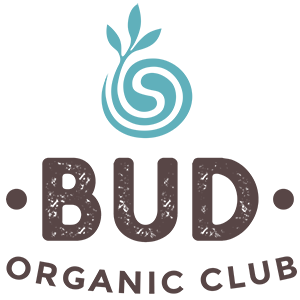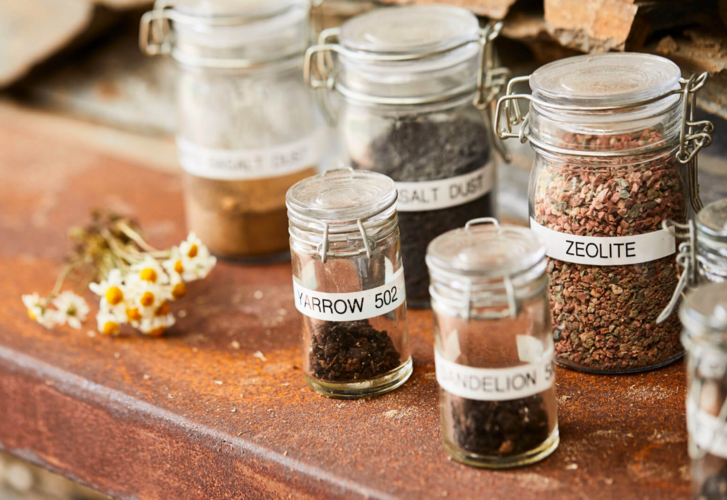As a consumer you may recognise organic products, but what about biodynamic? What are they exactly, and how do they differ from organic?
Biodynamic farming is still organic farming; however, it takes processes to another level. It is founded on the principles of self-sufficiency and a closed-loop farming system in harmony with nature. While organic farming allows bringing in organic animal feed and compost, biodynamic farming aims to minimise these external inputs, so that the farm becomes a self-sustaining ecological system. This requires proactive management to ensure that the farm itself has high inherent fertility and produces its own compost, feed and other inputs. Through the strategic use of livestock and crops, the waste of one part of the farm is used as energy for another, so the farm’s needs are met by the farm itself.
Another thing that distinguishes biodynamic from organic agriculture is that it bases its operations on the lunar calendar, meaning it schedules activities such as harvesting, planting, and tilling on the moon’s phases. This is because moonlight impacts plants’ photoperiodism and thus affects their growth and activity[1] (e.g., new moon stimulates more leaf growth).
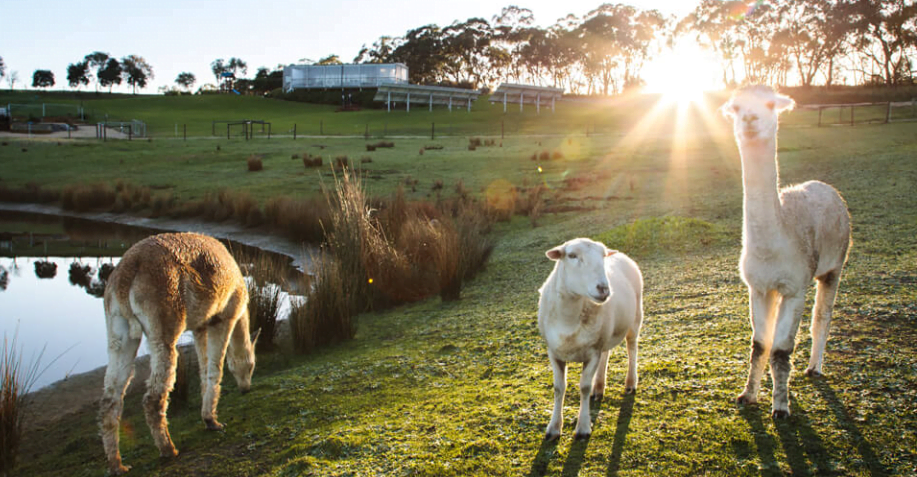
Wine and dairy sections typically have more certified biodynamic products.
Just because the aim is self-sufficiency doesn’t mean that all inputs are banned. Biodynamic farming practices use nine specific “preparations” made from natural herbs, mineral substances, and animal manure. These preparations are used to enhance soil fertility, improve plant health, and boost biodiversity. Each has its specific purpose, and they are applied at certain times. Horn Manure aka ‘Preparation 500’ involves filling a cow horn with cow manure and burying it underground during winter. The horn is then dug up during spring, and its contents mixed with water then sprayed on the soil to stimulate microbial activity. Another is ‘Preparation 503’ or Chamomile, which involves fermenting chamomile flowers in water to create a natural fungicide. ‘Preparation 504’ involves harvesting and drying nettles during late spring/early summer, burying them during fall, and digging them up a year later. This is used for stimulating soil health. If you’re into gardening, you can integrate these preparations into your methods as well!
As for animal welfare, dehorning cattle isn’t allowed under biodynamic principles. This recognises cows’ horns as a sense organ and form of social communication. Farmers must also feed their animals crops that are produced on-farm, and crops are selected based on the animals’ nutritional requirements and to promote biodiversity.
Biodynamic agriculture is grounded in an ethos of creating a harmonious, self-sustaining farm ecosystem that works with nature, respects animals, and produces pure, healthy, and nutritious food. The next time you’re at the shops, look for the biodynamic certification label on the ‘Bud’ logo and give it a go.
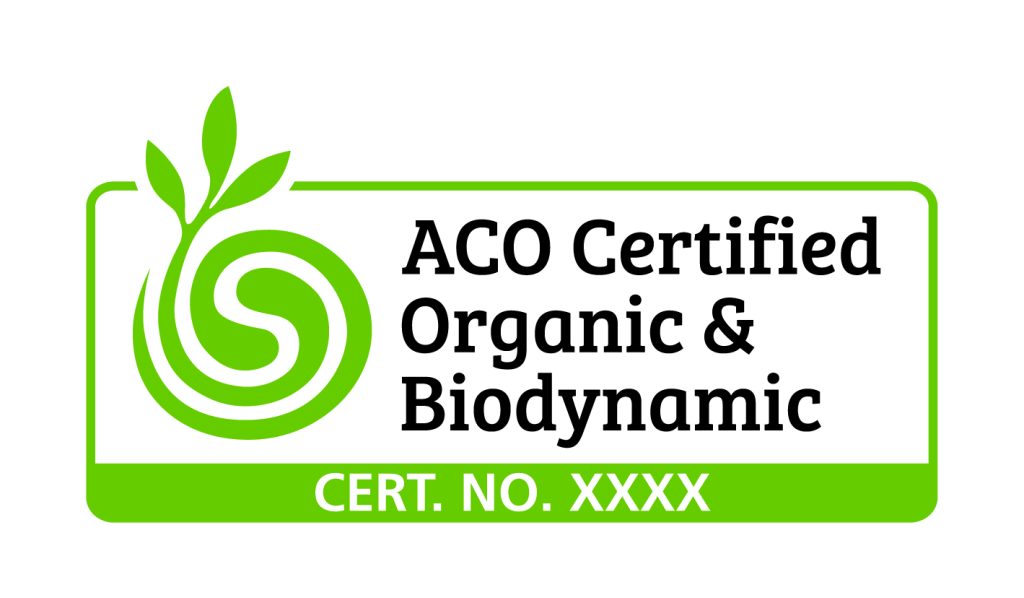
Certified biodynamic products will be clearly distinguishable, just like with certified organic products.
List of References
[1] Sivasankari, J and Thimmaiah, A (2021), Lunar rhythms in agriculture – review on scientific perspectives. Available at https://medcraveonline.com/IJCAM/IJCAM-14-00536.pdf
Biodynamic Glossary
Fungicide: Preparations or compounds that kill or prevent the growth of fungi and their spores.
Microbial: Microbes are any organism that can only be seen through a microscope, including bacteria, protozoa, algae and fungi.
Photoperiodism: The physiological reaction of organisms (plants or animals) to the length of night or a dark period.
